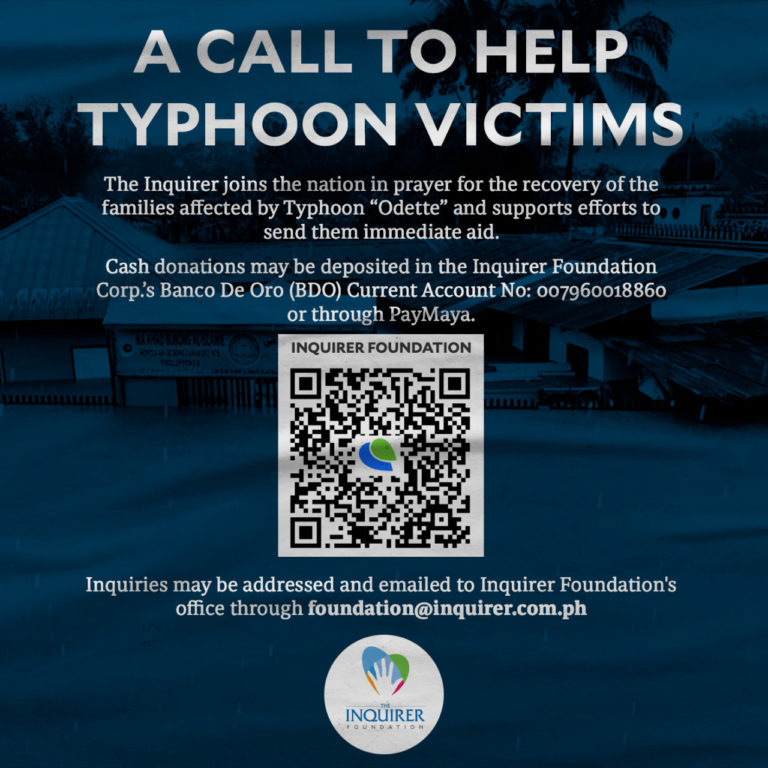Living with the aftermath
A booming vibration cuts through the air, indicating the arrival of our persistent guest. “He-li-kap-ter!” The kid next door shrieks on cue. A helicopter flies past for the second time that day. It moves across a thin cloud like a black bug; looking, scanning, moving away. It disappears and the noise fades.
This peculiar visitor wouldn’t be drawn to our city on Christmas if it wasn’t for one reason—a great tragedy. That tragedy began with the arrival of an ominous, dark, all-engulfing light. Next, the wind and the rain made their violent entrance. The wind mercilessly beat down anything that came in its path, lashing metal roofs, tearing down trees, stripping houses. The rain, just as severe, came crashing down. These two forces of nature, within those few hours, seemed alive. They were hungry beasts driven to only one goal—destruction.
The clanging of wood and metal, the threat of flooding, and the darkness struck the most genuine and natural fear among us that was ever possible.
“I haven’t experienced anything like that all my life,” people in their 30’s to their 60’s said afterward. This was what Supertyphoon “Odette” brought upon Surigao City on Dec. 16, 2021.
The morning after the storm was the complete opposite. The sun was at its most regal as it rose high into the bright sky. At night, the full moon glowed, creating glittering waves of light against the dark ocean. It was calm. The sun, sky, moon, ocean, and nature itself seemed to be looking at us pitifully, perhaps even mockingly.
As the weather cleared, the aftermath became apparent. A morbid curiosity seemed to grip everyone in the city. The streets filled with debris were soon crowded with motorcycles, cars, and crowds of people—all eager to see the damage for themselves.
And damage there was. Fallen trees, telephone poles, rubble, mud, torn material. Like black vines, cables, and wires slithered on streets or hung loosely in the air. Sidewalks were filled with metal roofing crumpled like paper. Trees, foliage, metal poles were bent at odd angles. Broken glass littered the streets, houses were stripped bare, and buildings were flattened by the wind. Somehow, we found ourselves navigating through all this chaos.
The entire scene struck me as surreal. The city I grew up in was thoroughly destroyed and cut off from the rest of the world. It felt like everything was in a bubble that would just burst any time. And I felt that, somehow, some of the people salvaging what they could, or working endlessly to repair their houses, or looking through the damage in the city, felt and thought the same way I did.
Everything was in limbo. The day ended when the sun set, because once it was dark there was not much to do. The helicopters would start coming. And we heard the rumors: “1,000 people died in Siargao.” “Only one house was left standing in one town.”
An air of worry and uncertainty soon settled in. People worried about relatives and friends they had no way of contacting.
Five days after the storm, cellular signal was restored. Although it was weak, sometimes disappearing completely, everyone rushed outside with their phones. No one seemed to be inside their house.
As we passed by the shore, I got a mouthful of dust as the strong winds whipped up the sand on the pavement. Everywhere, the busy sounds of the city clashed with the rubble and ruin still on the streets. The worry of the day before was gone, now replaced by a frantic, nervous energy.
A few more days and nights spent with humid air, scarce water, mosquitoes, flashlights, and candlelight whirled by, until we counted nine days since the storm. It seemed we blinked, and now it was Christmas. The helicopter flew past once more, its sound making me feel like I was living in a war zone.
There are far fewer Christmas lights and a lot less of anything this year. Crowds of people fill the streets along with the usual bustle of traffic. The low humming of cars and motorcycles mesh with the louder buzz of generators, which have quickly become the hottest trend in town. The city is slowly resurrecting.
People continue their lives with marked calmness, even apathy. This is not “resilience,” merely acceptance of things as they are—because there simply is no other choice for us.
—————-
Asiel Lohia R. Miranda, 16, from Surigao City, is a senior high school student who’s always looking for change and ways to keep herself busy.
Disclaimer: The comments uploaded on this site do not necessarily represent or reflect the views of management and owner of Cebudailynews. We reserve the right to exclude comments that we deem to be inconsistent with our editorial standards.

